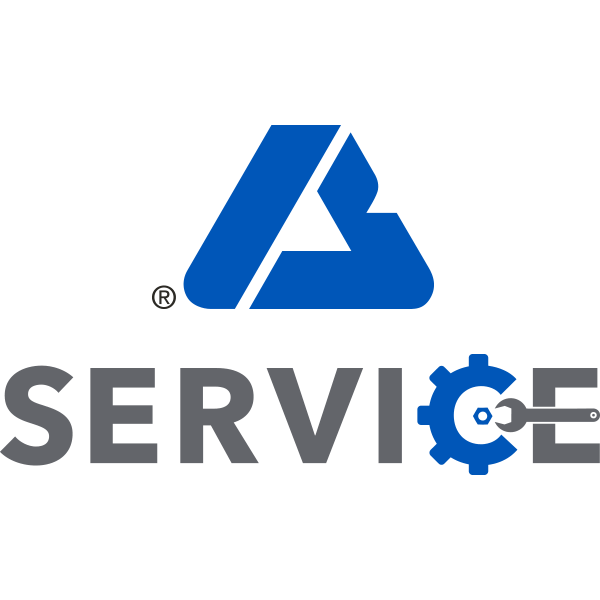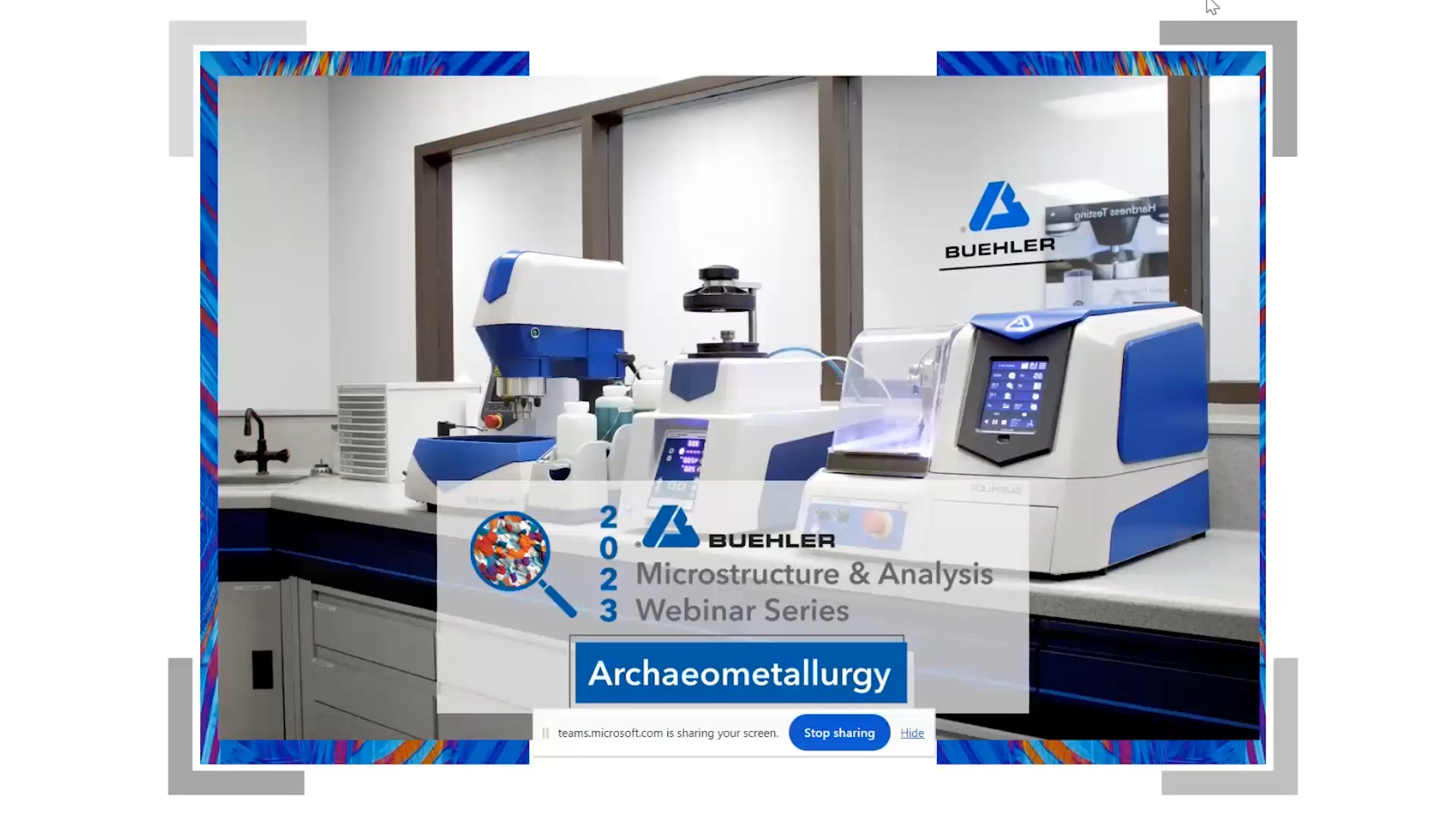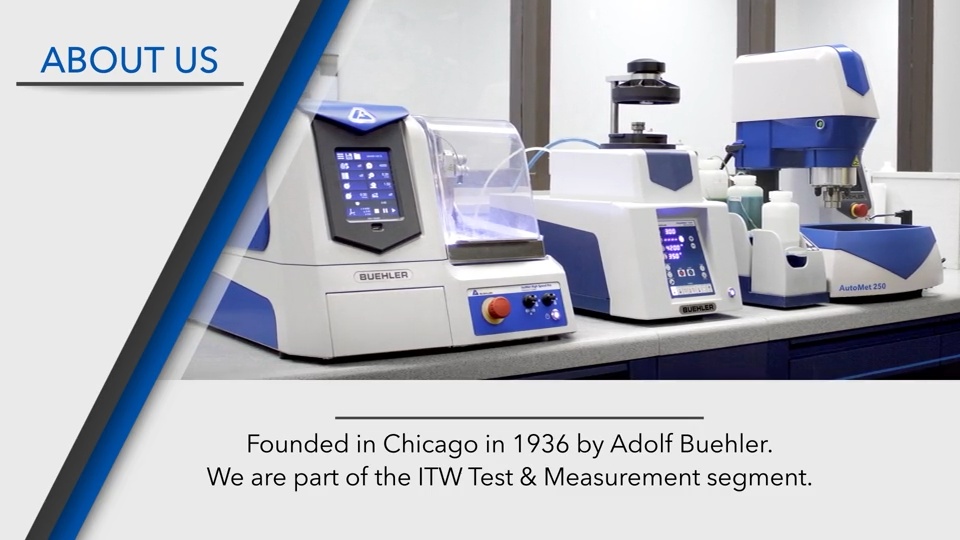Cutting metallic samples with a metallographic abrasive cutter is a very efficient way of creating samples, which typically minimizes damage in the cut surface reducing subsequent preparation times. There are, however, different usage methods available that can improve cut quality or speed in a variety of circumstances.Chop cutting is the most common method used. The blade is fed linearly into the sample, either ‘manually’ with a lever or automatically through a direct feed mechanism. This can be quick and effective, but as part sizes get larger the contact area of the cut increases, and this technique becomes ineffective – cutting speeds slow, and the resultant higher loads on the sample and reduced lubrication lead to more heat and deformation. In these conditions, the cutting blade itself becomes less effective.Adding a regular ‘pulse’ to the chop cut can improve performance. The peak of load in a pulse cut breaks down abrasive in the blade (effectively sharpening the blade), minimizing deformation damage and keeping cutting speed high. During the low load part of the pulse, lubricant can get in to the cutting area better to minimize heat damage. The trade-off is that the abrasive blade will tend to wear more quickly.Another mode of cutting available on Buehler automated machines is Planar Cutting. This works by taking shallow cuts through the specimen, incrementing the position of the blade down between each cut. This reduces the contact area in the cut – maximizing wheel life, and improving cut quality. In this way, very large specimens can be cut without compromising on the quality of the cut, and at relatively high speeds.For optimal cutting with less damage to the sample, keep a constant contact area between the abrasive wheel and the sample where possible, and minimize the contact area through orientation of the sample or through Planar cutting.
- 1 (847) 295-6500
- info@buehler.com
- Mon - Fri: 8am - 4pm CST
 Europe | EN
Europe | EN
















2 Responses
YOUR
WEBSITE WAS VERY KNOWLEDGEABLE
THANKS
Abrasive cutting techniques utilize abrasive materials to slice through hard substances like metal or stone, employing friction to achieve precise cuts. These methods are commonly employed in industrial settings for their efficiency and accuracy in shaping and cutting various materials. Thanks for sharing the details.